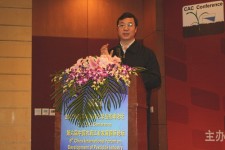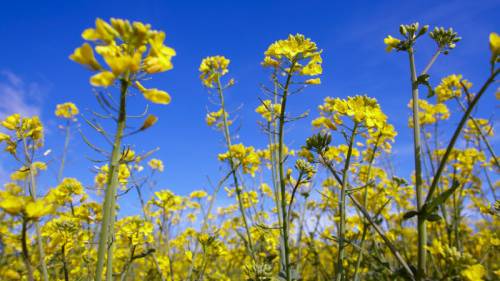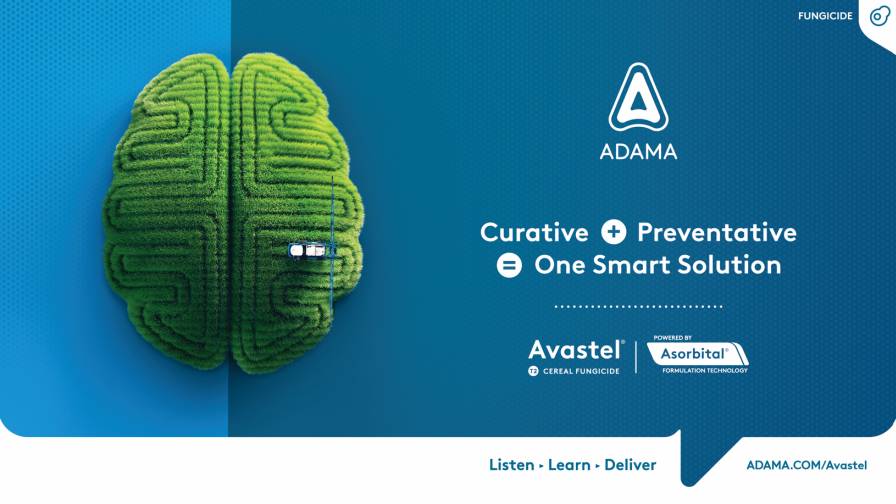Live From the CAC: China Export Growth Fueled by Formulated Products

SHANGHAI – China’s 12th Five Year Plan has a long list of recommendations for the chemical industry, including:
1) Better brand building by concentrating on quality formulations that drive better pricing
2) Consolidation to create stronger, more competitive companies on the global stage
3) Facilities upgrades that create less pollution
4) Technological advancements that focus on active substances with lower toxicity
5) Marketing capabilities that matches the country’s output capacity
It is clear in listening to industry leaders here at the CAC 2012 Conference in Shanghai that China is positioning itself to be more competitive in export markets with its own brands, marketing infrastructure and formulation optimization.
For the first time, formulated products outpaced technical exports from China in 2011. More than 750,000 tons of finished crop protection products were sold in 2011, according to Dr. Ye Guibiao, director of ICAMA, the Institute for the Control of Agrochemicals for the Ministry of Agriculture. By comparison, China exported about 670,000 tons of technical grade products, which formerly was the industry’s staple moneymaker due to low labor costs, lenient environmental requirements and readily accessible raw materials.
As the price for raw materials and labor has grown, Chinese producers are increasingly turning to finished products to supplement their portfolios. However, technical grade products still constitute almost two-thirds of the country’s export revenue, partly due to stronger glyphosate prices in 2011.
“Value in technical grade is still very high, but volume growth in formulated products signals a clear trend for the optimization of our export structure, which is a good trend,” Ye told a near-capacity crowd yesterday during the opening day of the conference.
China’s overall exports rose 26% in 2011 compared to 2010, and products reached a record 181 countries, Ye said.
“If we want to upgrade our industry, we need to create overcapacity for marketing, and if we work on it, then we will be able to create better pricing, which has become homogenous because of too much competition by low-value producers,” he said. “We must protect our domestic enterprises by promoting our own products.”
Ye went on to say that technical grade exports will continue to be an important driver for the Chinese export economy, especially with the heightened adoption of biotechnology and relative price stability of nonselective herbicides.
In terms of imports, about 80% of China’s imports are formulated products, primarily fungicides, further necessitating the diversification of Chinese product portfolios and formulation optimization.






